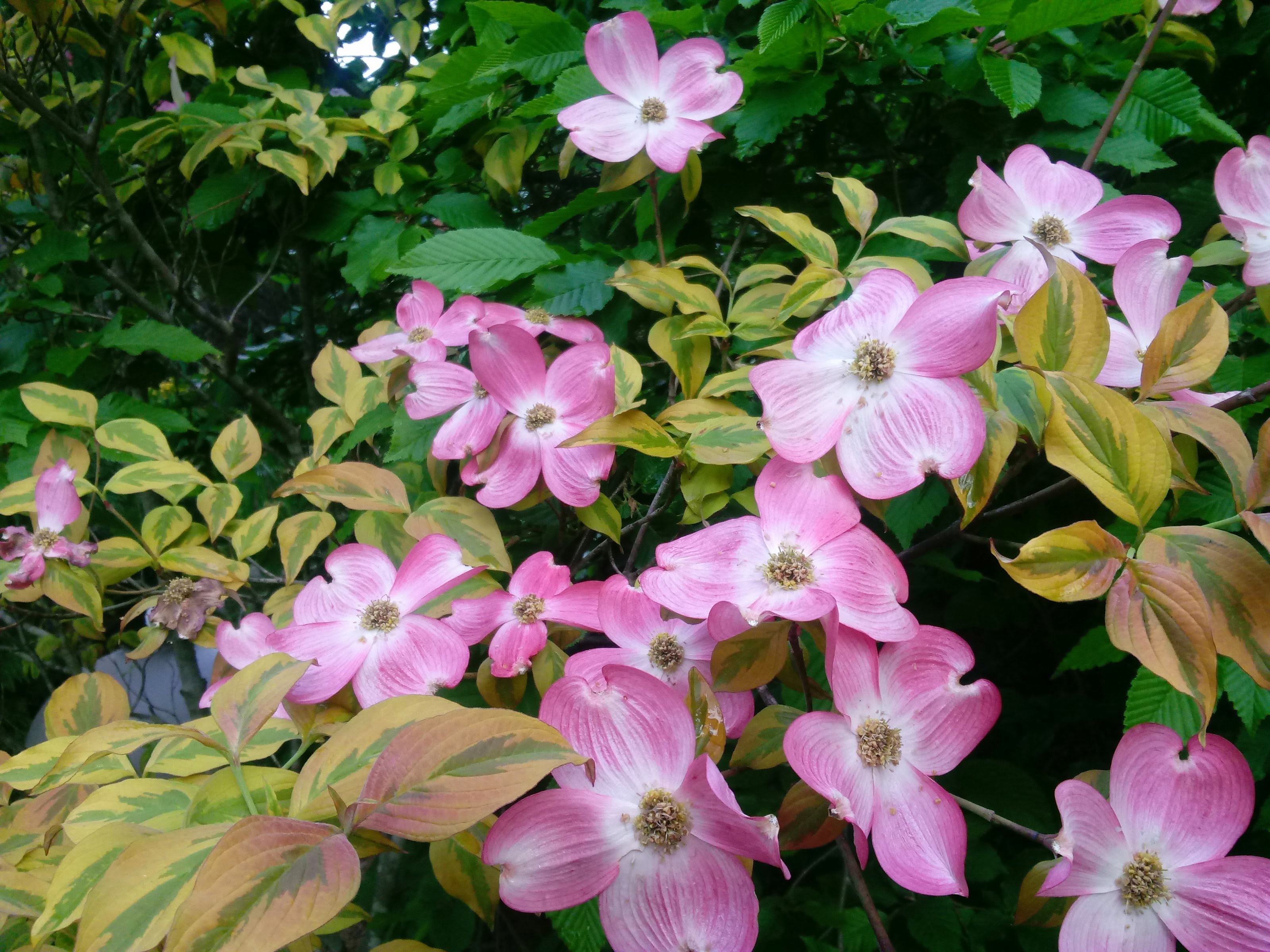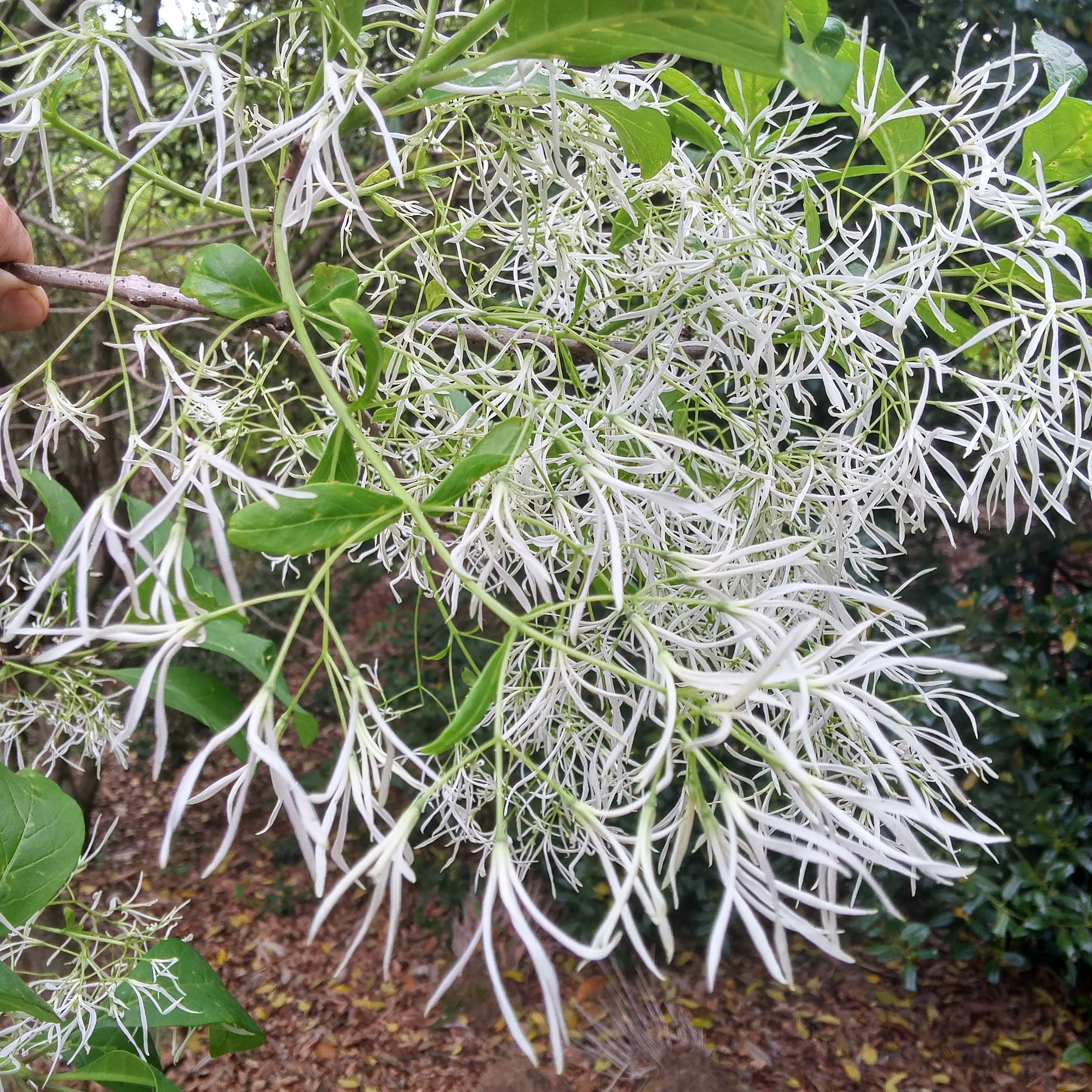My wife, helpful sort that she is, suggests that I am too old to be digging trenches in the lower garden, trying to salvage waterlogged planting beds and the small section of lawn that was saturated and remains so after an unusually wet year. Hire someone, she tells me, but slyly, after the digging is done.

This is an unwelcome task, one that should not be necessary, but after waiting months, and losing several trees (today another dogwood) and shrubs in the constant dampness, drastic action was required. The trenching has left clumps of mud, raising areas to divert runoff that will be graded once the soil dries, and deep ditches that will be partially filled if the rain stops and the ground dries out. It is fortunate that the problem is mostly confined to the lower garden, so most of the garden has benefited from the unusually high rainfall and a very mild early spring.

Most of the spring planting has been completed, though I await a delivery of several varieties of ferns, and scattered planting is likely to continue into early summer. I am quite pleased with results from last year’s planting, and now all have appeared above the cover of leaves, with only a few too small and not yet identified. There are a few loses, but this is hardly unusual.

A Chinese fringetree (Chionanthus retusus) has caught my eye, to replace a ‘Wolf Eyes’ dogwood (Cornus kousa ‘Wolf Eyes’, below) that perished in the swampy ground. Digging and mounding has raised this area by several inches, and the trench has quickly filled with water. I hope this is enough to raise the fringetree out of the muck, and also I’m hopeful that rainfall is not so extreme this year.
Is the trade from dogwood to fringetree a swap for the better? I’m not certain, but the new tree is large enough to fit into this long established garden, and though I could never tire of the abundant flowering and variegated foliage of ‘Wolf Eyes’, the novelty of the fringetree will help ease the pain.
As one whose yard is part bog, can I suggest Magnolia virginiana to replace your deceased dogwood? Mine is often in standing water and just shrugs it off. I’ve also done well with Hamamelis vernalis in bog muck. My fringe trees are both in drier locations so I can’t say how they would do in bog. I suspect spicebush would do well too, as I see them in the local swamps here in the Boston area, but although they have a graceful shape, they won’t stand in for the flowers of the dogwood in the way that swamp Magnolia might. Good luck!
A Sweetbay magnolia was planted nearby in the swamp. The Vernal witch hazel on the far side, which is slightly drier, is late in leafing out, I suspect due to wet conditions, but it’s coming on. I saw yesterday that a coral bark Japanese maple and a small clump of birch (not river birch) have died, and it’s likely I’ll plant a Bottlebrush buckeye to replace them. It is very frustrating to lose well established plants, but such is the garden.
Are they planted in spring because they are more likely to survive with less saturation, or is it because winter is too cold?
Winter planting is ill advised since the ground can freeze for extended periods. Autumn planting is recommended for many plants but availabilities are highest in the spring.
That makes sense, and was sort of what I was thinking. I try to plant by autumn, so that new plants get to hang out through the rainy winter weather before things get drier in spring. Freezing ground is of course not a concern.